Urban culture
Legend
“Urbans are the most surprising lot, from back alleys, inns, or foster homes—suddenly heroes or artefacts spring forth, changing the fate of the city overnight.”
Description
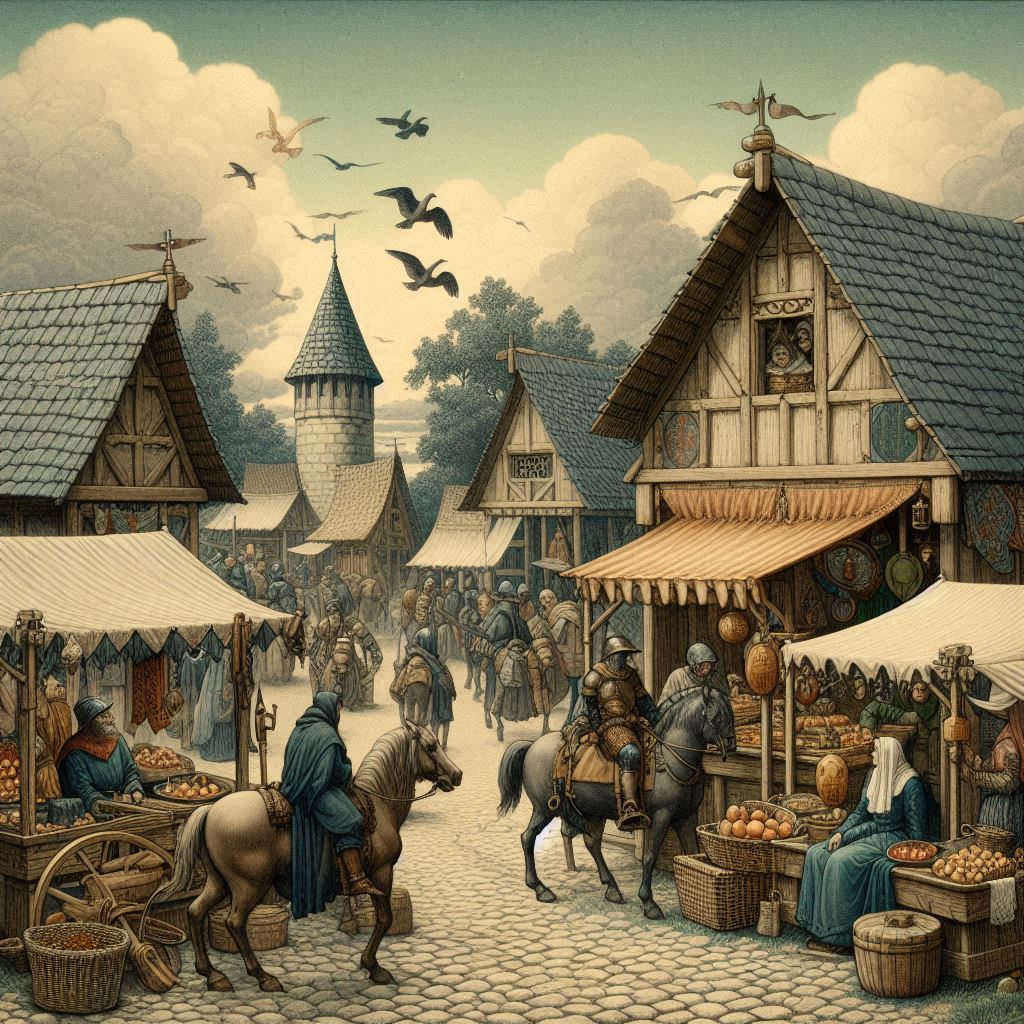
Urban cultures are characterised by diversity, innovation, and a fast-paced lifestyle. They are centres of trade, commerce, and culture, attracting people from all walks of life. A generalisation of those born and raised in towns and cities throughout the realm. Living somewhat secluded from nature, yet they interact heavily with all the other cultures and have by far the largest influx from all others.
Urban societies often have complex social hierarchies due to the mixture of people. The dynamics between the aristocracy, commoners, artisans, and labourers are laden with energy, adding layers of intrigue and drama to any urban setting. Urban life is closely tied to trade and commerce, with bustling markets and the influence of different merchant guilds shaping the city’s economy.
Lifestyle: Urban folk are a varied, cosmopolitan lot. Many are from mercantile or guild backgrounds, and some have dealt with enchantments. They live in diverse neighbourhoods that reflect their trades, social classes, or cultural backgrounds.
Diet: Urban cultures benefit from trade and access to diverse food sources, and imported delicacies. Their diet is varied, including fresh produce, meats, grains, fruits, and vegetables from both local and imported sources. Street vendors and market fare are common, and urbanites often have access to refined and processed foods that reflect the city’s wealth and trade connections. However, diets can vary greatly depending on wealth and status, with the poor subsisting on simple, cheap foods while the wealthy enjoy gourmet meals.
Traditions and Stories: Urban environments bring together many culinary traditions, including street cuisine, market delights, and elite tavern and inn experiences. Cities have their own mythology about underground tunnels, ghostly structures, and famous characters from their history. Frequent festivals celebrate trade, harvest, arts, and historical events, attracting people from different walks of life.
Marriage Pattern: Urban marriages often form strategic alliances between merchant families, guilds, or influential households. Romantic marriages also occur, reflecting the melting pot of cultures and values within the city.
Religion: Urban religion includes subdued rituals with organised cults and shrines. Reverence for local or community spirits is common, with principal worship focussing on the “True Gods.”
- Religious system: Syncretism in a blending of different religious beliefs due to the city’s diverse population and representing various aspects of urban life, such as commerce, craft, and protection.
- God-Mortal Interaction: Deities often associated with the sun, moon, and sky, reflecting the city’s upward gaze.
- Rituals: public ceremonies to reinforce civic pride and social order, as well as personal rituals for individual prosperity.
- Impact on Society: A hierarchical society with a focus on wealth and power. Religion can be used to justify social inequalities or to promote unity.
Skjald Yell'a'Beard
Craftsmanship: Urban centres are hubs of art, music, and culture. Various forms of artistic expression thrive in cities, such as theatre, painting, sculpture, and music. Festivals, galleries, and performances are integral to urban life.
Clothing & Decoration: Urban attire includes elaborate and practical wool and linen garments, such as cloaks, boots, tunics, shirts, pants, and leggings. Clothing often reflects one’s social status and profession, with wealthier individuals wearing more ornate and finely crafted attire.
Armor: Access to chain and plate mail is more reliable in larger cities. Leather armour and padded garments are common among the lower classes.
Weapons: Bbattle axes, broadswords, composite bows, daggers, halberds, javelins, longbows, maces, morning stars, quarterstaffs, short swords, spears, two-handed swords, bastard swords, main gauches, and rapiers are all found in urban armouries.
Special Items: Urban craftsmanship is known for high quality and durability, with materials like steel being more common. Enchanted items, while rare, can be found in the hands of wealthy or influential individuals..
Skjald Vinotis
Time: Time is observed in urban centres through clock towers, work, trade, municipal events, market days, and cultural festivals.
Accomplishment and achievement: Individual economic or social success in trade or skill, politics, maintaining social order, contributing to the city’s architectural marvels, and affluence are all highly valued.
Authority Interaction: Laws and regulations manage complex bureaucracies and formal interactions with respected authorities. City mayors, guildmasters, and scholars exercise power, emphasising civic involvement.
Fears & Inabilities: Urban dwellers may hold local superstitions but generally do not have unique fears or inabilities.
Mien: Culture has a minor impact on demeanor, allowing for a wide range of individual expression.
Mannerism: A melting pot of cultures, allowing for diverse demeanors.
Prejudices: Urbanites are generally worldly but may feel uncomfortable around nomads, mariners, and nobility due to differing lifestyles and values.
Skjald Ulrich
General Resistance: Urbanites might have developed resistance to diseases common in densely populated areas. Exposure to various cultures and environments may contribute to broader immunity.
Disease Resistance: Living in close proximity to large populations increases disease risk but also fosters the development of communal health practices and medical knowledge.
Poison Resistance: Urbanites have low to moderate poison resistance, relying more on sophisticated medical knowledge for remedies.
Remedies: Access to advanced medical knowledge, including herbal remedies, concoctions, and alchemical treatments, is prevalent.
Skjald Sejrik
History
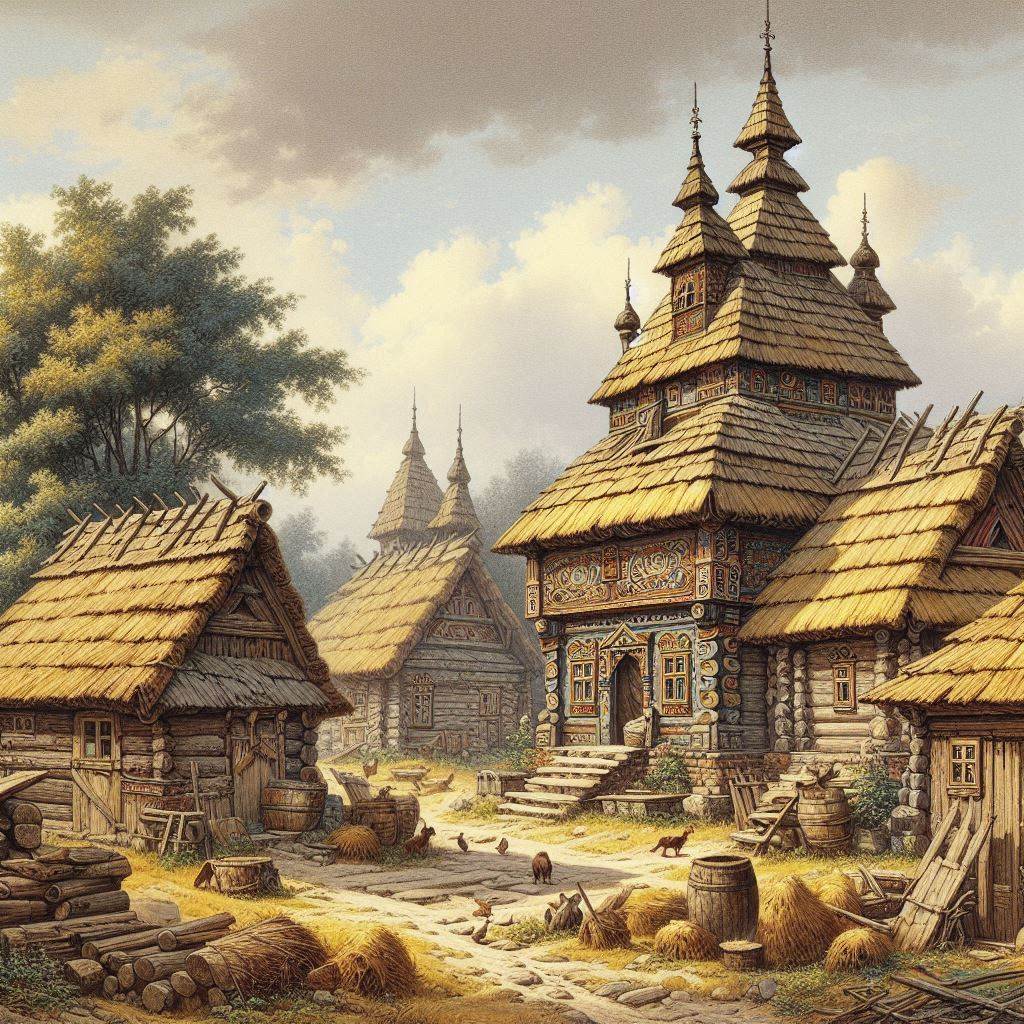
Urban cultures often have a complex history shaped by migration, conquest, and economic growth. They have a rich cultural heritage with influences from various cultures, contributing to their unique identity.
Skjald Valgrif
Cartography
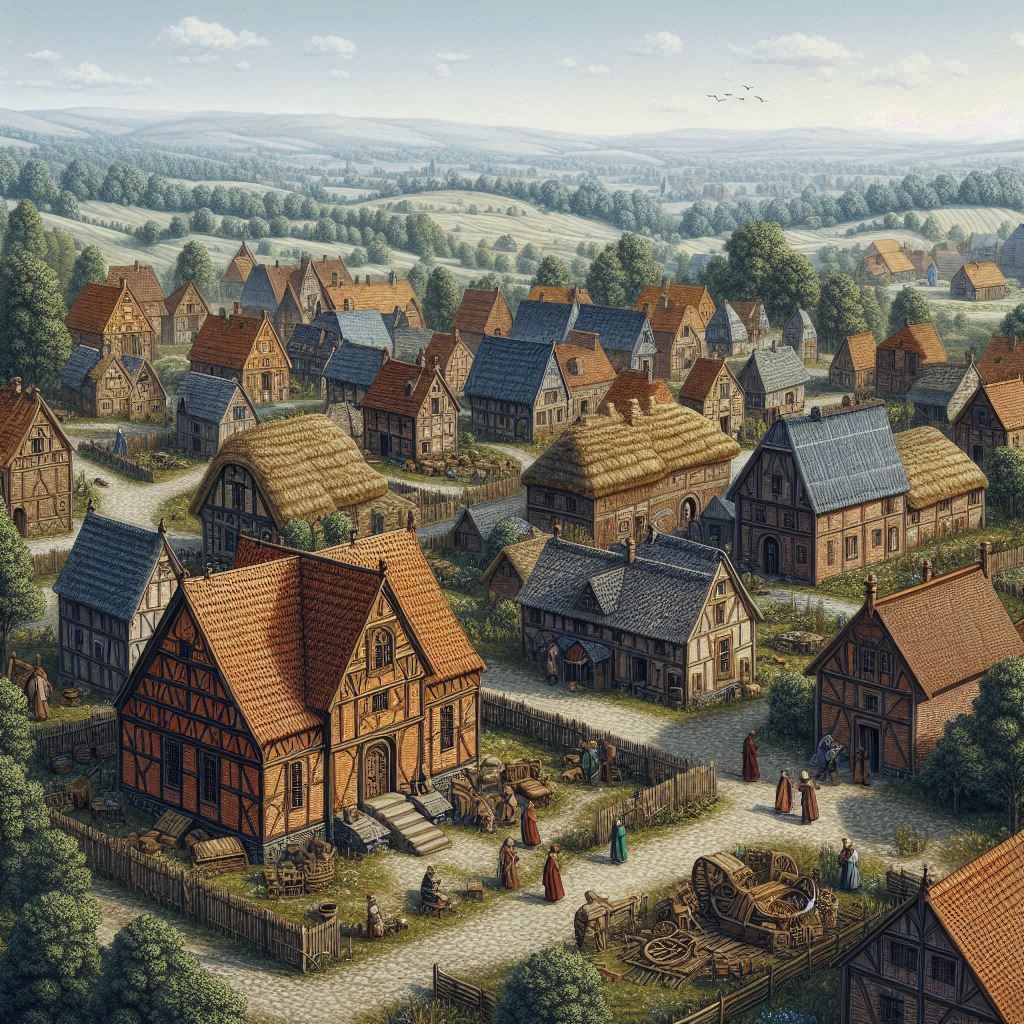
Urban environments feature grand architecture, from towering cathedrals to impressive fortifications. Iconic buildings, bridges, and other structures shape a city’s skyline and contribute to its identity. Cultural blending results in unique festivals and events, while innovation and technological advancement are evident in inventions like clock towers, sewage systems, and mechanical gadgets.
Skjald Sigurd
Organisation
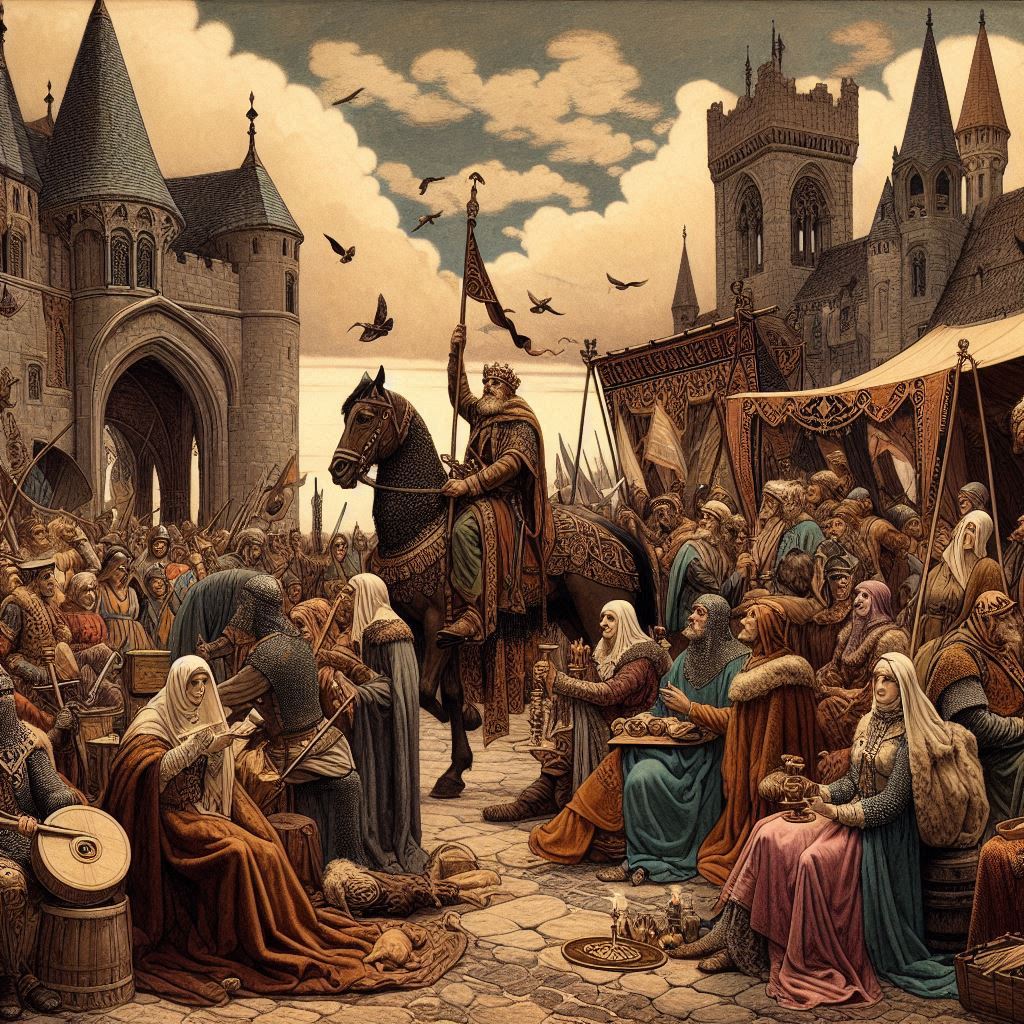
Urban societies are complex and hierarchical, with a strong emphasis on wealth, power, and social status. Governance may include elected officials or a ruling class. Urban settings often grapple with social issues like poverty, crime, and inequality, addressed through organised efforts and law enforcement.
Skjald Valgrif
Special
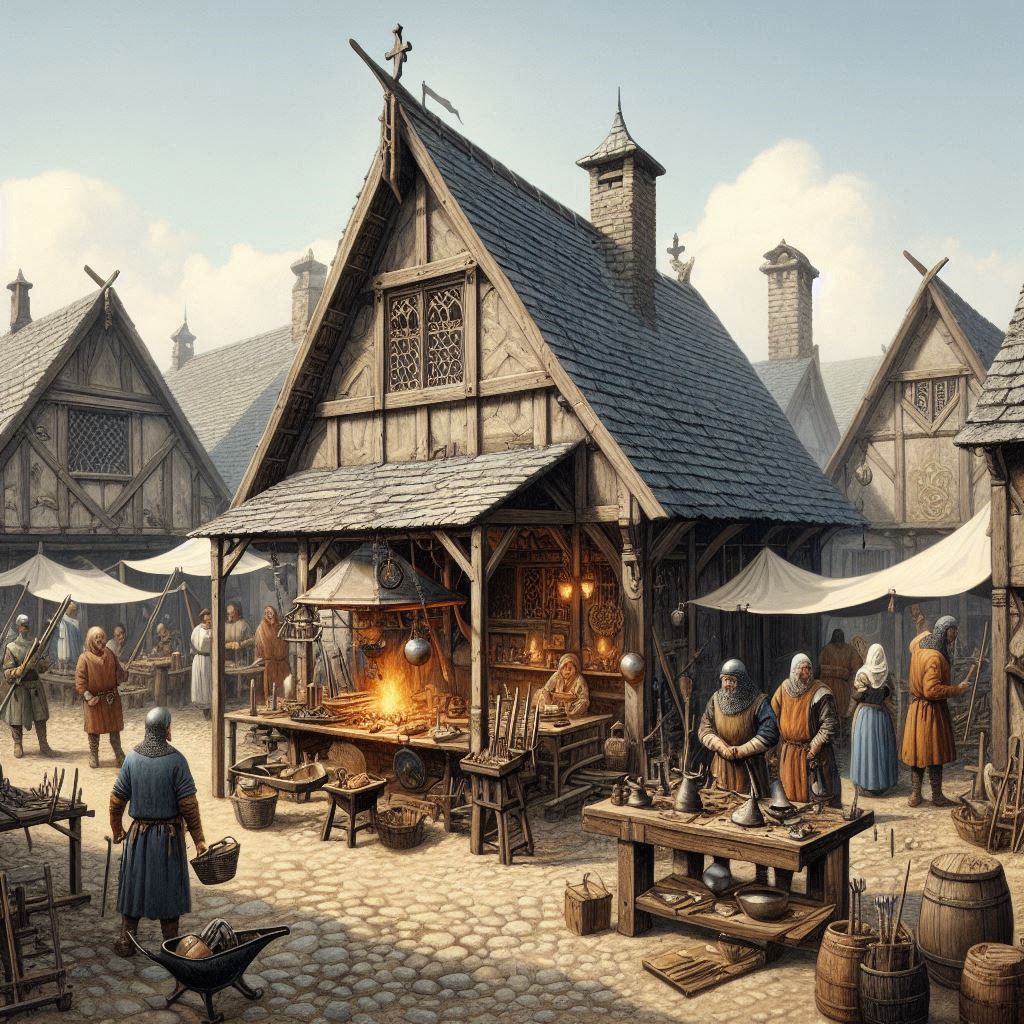
Urban cultures are at the forefront of technological and artistic innovation. They have a thriving arts scene and diverse occupations and industries. Complex social structures with various subcultures and communities reflect the city’s dynamic nature.
Skjald Kazumix
Last Updated on 2024-10-20 by IoM-Christian
